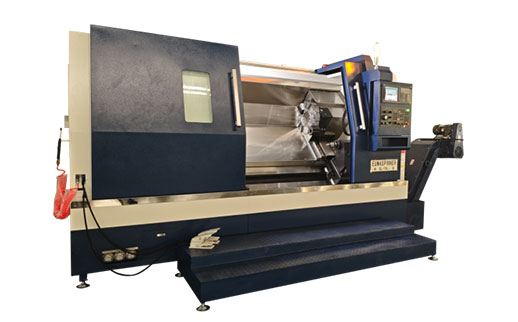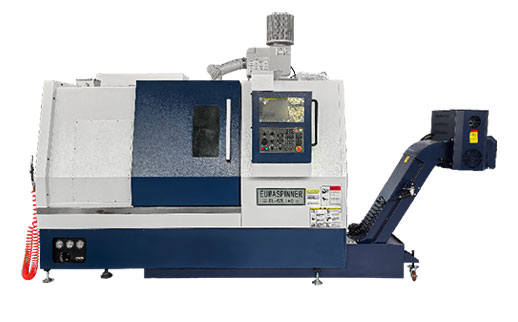In modern manufacturing, CNC (Computer Numerical Control) technology is the backbone of precision, efficiency, and automation. From aerospace components to intricate medical devices, CNC machines shape raw materials with unmatched accuracy.
But what exactly is CNC, how does it work, and why is it transforming industries worldwide?
CNC (Computer Numerical Control) is a manufacturing process where pre-programmed computer software controls the movement of machinery—such as mills, lathes, grinders, or routers. Unlike manual operation, CNC automates production with high repeatability and minimal human intervention.
Digital-first approach – Uses CAD/CAM software to convert designs into machine instructions.
Unmatched precision – Achieves tolerances as tight as ±0.001 inches (0.025mm).
Multi-axis movement – Machines can operate in 3, 5, or even 9 axes for complex shapes.
Industries served – Automotive, aerospace, medical, electronics, and prototyping.
The CNC machining process follows these steps:
(1) Design (CAD)
Engineers create a 3D model in Computer-Aided Design (CAD) software (e.g., AutoCAD, SolidWorks).
(2) Programming (CAM)
The CAD file is converted into machine-readable G-code (a programming language for CNC machines).
(3) Machine Setup
A machinist loads the material (metal, plastic, wood) and selects the right cutting tools.
(4) Automated Machining
The CNC machine follows G-code instructions to cut, drill, or shape the material precisely.
(5) Final Product
The finished part is inspected for quality control before final use.
|
Machine Type |
Key Function |
Common Uses |
|---|---|---|
|
CNC Milling Machine |
Rotating cutting tools remove material |
Engine components, gears, molds |
|
CNC Lathe (Turning) |
Rotates material against a cutting tool |
Shafts, screws, pipes |
|
CNC Router |
Cuts softer materials (wood, plastic) |
Signage, furniture, cabinetry |
|
CNC Plasma Cutter |
Uses a plasma torch to cut metal |
Sheet metal fabrication |
|
CNC Laser Cutter |
High-precision lasers for cutting/etching |
Medical devices, aerospace parts |
|
CNC EDM (Electrical Discharge Machining) |
Uses electrical sparks to shape hard metals |
Aerospace turbine blades, molds |
| Factor | CNC Machining | Manual Machining |
|---|---|---|
| Precision | ±0.001" or better | Dependent on operator skill |
| Speed | Faster, automated cuts | Slower, manual adjustments |
| Repeatability | Identical parts every time | Potential human errors |
| Complexity | Handles intricate 3D shapes | Limited to simpler operations |
| Cost-Effectiveness | High upfront cost, lower long-term labor cost | Cheap for one-offs, expensive for mass production |
Best for: High-volume production, tight tolerances, and complex geometries.
As Industry 4.0 advances, CNC machines are evolving:
From rapid prototyping to mass production, CNC technology delivers speed, accuracy, and scalability for modern industries.
Key Benefits Summary:
✅ Ultra-high precision (critical for aerospace, medical, and automotive)
✅ Efficiency & automation (24/7 production possible)
✅ Wide material compatibility (metals, plastics, composites, wood)
✅ Future-ready (integrates with AI, IoT, and Industry 4.0)
Whether you're a startup or a Fortune 500 manufacturer, understanding what CNC is and how it works can help you optimize production, reduce costs, and stay competitive.
If you want to know more about CNC, you can contact EUMA Machinery, we can provide effective help



GET A QUOTE